
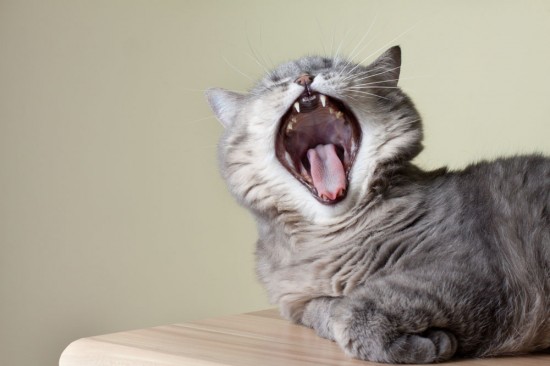
Looking after your cat's teeth is crucial to their overall health. The best way to make sure all is well is to organise routine check ups with your vet. A lot of research has gone into dental care in cats with case studies showing that various forms of dental disease is often the main cause of other more serious health problems in cats. Amazingly around 70% of older cats suffer from some sort of dental problem which needs to be treated by a vet.
Kittens lose their baby teeth at around 4 to 6 months old when their permanent teeth appear. Adult cats have 30 teeth which consist of canines, incisors, pre-molars and molars and it's when adult teeth have pushed through that regular check-ups need to be organised. If there is a dental problem, your cat could stop eating because a dental condition can be very painful. Dental issues can cause a lot of stress as well as discomfort for your four legged friend and if left untreated can prove fatal. Below are 8 specific dental problems to look for.
Plaque problems can be a real issue and if left untreated can lead to all sorts of other health problems. Feeding dry food can help reduce plaque but if there is a big build up then your vet may need to take a look at your cats' teeth. You may find that food particles and bacteria have collected along your cats' gum line and it is this that forms the unwanted plaque. If left untreated and not removed as soon as possible, a cat's saliva mixes with the plaque and it is this that forms into tartar on your cat's teeth.
A build up of tartar can lead to all sorts of very serious health problems. It is extremely rare for cats to suffer from cavities because they are more prone to gum disease as well as an excessive build-up of tartar. This build-up then irritates the gums, the tartar causes gums to become inflamed, a condition known as gingivitis. The thing is that both gingivitis and periodontitis are preventable. If plaque is removed at regular intervals neither of the conditions will develop.
This condition is reversible, it's the mildest form of periodontal disease. Gingivitis may affect one tooth or it could spread to several teeth and causes inflammation and infection along the gums. The infection spreads from gums to ligaments and then on to the bones that support the teeth. If left untreated, teeth become loose and subsequently fall out. The problem is that gums have a very good and healthy blood flow in them which means bacteria can thrive and then easily be transported to other vital organs in the body – this includes the liver and kidneys.
Unlike ginitivitis, periodantal disease is not that easy to treat and can cause many other dental problems for your cat which are all extremely painful. The condition needs to be diagnosed as quickly as possible and then treated in order to slow it down and if you are lucky stop it completely.
This is another common dental problem found in older cats. The resorptions are often referred to as 'cavities' and are normally found just where the gum meets the teeth. Lower premolars are usually the ones more commonly affected but with this said, it can affect other teeth as well. The cause of FORL is still unknown, however, most vets will take x-rays of your cat's jaw and then make an informed decision as to whether to take out the affected teeth or not.
If you spot your cat sneezing a lot it could be the first sign of a fractured or broken tooth. Your pet might also paw at its face and start to rub the side of its face on your furniture or walls. Unfortunately if the fractured tooth gets infected the area just under their eye can become swollen too. Another indication is swelling in the jaw which makes it very hard for your cat to eat properly – you might notice them dropping their food constantly. The broken tooth needs to be treated as soon as possible otherwise your cat will lose condition very quickly.
Stomatitis is a painful condition that is potentially life threatening to cats and can affect all breeds at any age. However, a few breeds including Himalayans, Somalis and Persians are more prone to developing the condition with short as are long haired oriental breeds. Cats suffering from the condition usually have very bad breath and inflamed, red gums. If left untreated, this infection and inflammation spreads very quickly to the throat which makes it very hard for a cat to swallow any food or even water.
Unfortunately, oral cancer is quite common in cats. The cancers that form in the mouth are usually in the form of tumours which can develop in teeth, soft tissue or in the bones. The condition normally affects older cats – mainly middle-aged onwards, but oral cancer can also affect much younger cats too. The condition needs to be diagnosed quickly and then treated as quickly as possible to stop the cancer from advancing.
It is very important to keep an eye on your pet's teeth because if there is anything going on, it may well affect your cat's overall well-being and can sometimes to lead to much more serious conditions. Below is a list of symptoms to watch out for:
However, some of the signs can be a little hard to spot which is why regular check ups with your vet need to be organised. If there is a problem, it can be picked up on and treated as soon as possible. Your vet will also advise you on what sort of food to give your cat as a way to help prevent any future dental problems from happening.
If you leave dental problems untreated it may often lead to much bigger health problems for your pet cat. Unfortunately, oral bacteria can easily enter into the blood stream and then go on to cause damage to the heart, liver and kidneys. There are all sorts of ways to prevent dental issues from occurring. Choosing the right food and offering special teeth cleaning treats to your cat are great ways to prevent build ups of plaque and tartar. But by far the best way to take care of your cat's teeth is to routinely take them for check-ups with your vet.
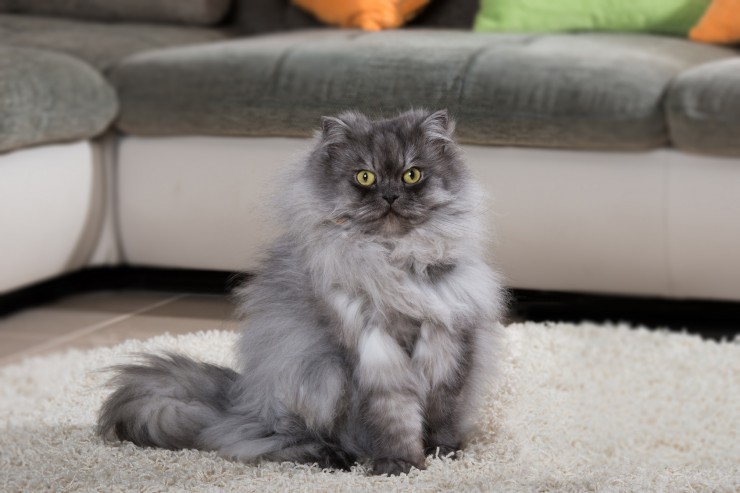 Some Special Cat Care Considerations To Bear In Mind If You Live In A Flat
Some Special Cat
Some Special Cat Care Considerations To Bear In Mind If You Live In A Flat
Some Special Cat
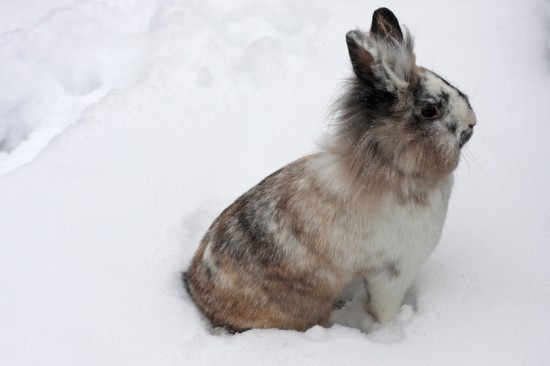 Caring For Your Rabbits During The Winter
Caring For Your R
Caring For Your Rabbits During The Winter
Caring For Your R
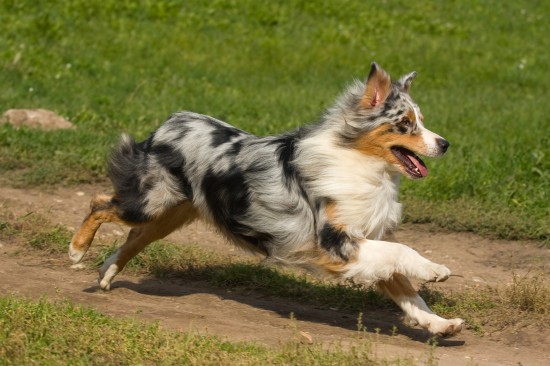 Why Does My Dog Always Attempt To Run Away?
Why Does My Dog A
Why Does My Dog Always Attempt To Run Away?
Why Does My Dog A
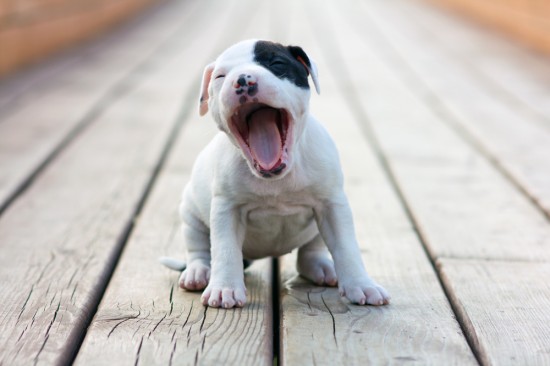 Five Good Reasons To Consider Getting A Dog
Five Good Reasons
Five Good Reasons To Consider Getting A Dog
Five Good Reasons
 How to groom your dog from home
How to groom your dog from home
Copyright © 2005-2016 Pet Information All Rights Reserved
Contact us: www162date@outlook.com